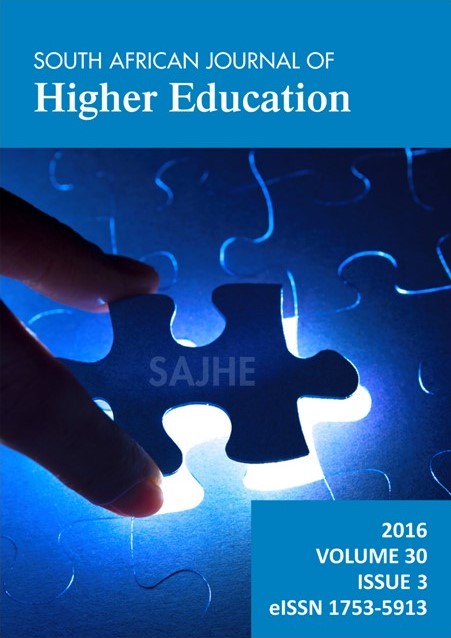The value of the gap year in the facilitation of career adaptability
DOI:
https://doi.org/10.20853/30-3-631Abstract
This qualitative study examined the gap year experience of 11 first year Stellenbosch University students and its influence on the development of their adaptive career resources and preparedness. Phenomenological analysis was applied to data obtained through semi-structured interviews to identify overarching themes and subthemes within the data. This study found that engaging in a gap year facilitated formative personal growth and the acquisition of a variety of skills. These themes depicted increased career maturity and, in combination with an improved knowledge of the world of work, enabled the participants to construct a more confident identity and make informed career decisions. The findings indicate that a gap year appears to be useful for individuals to foster curiosity regarding future personal and career development and exercise career adaptability. This study signifies that a gap year can be utilised as a valuable life design opportunity for individuals to address career uncertainty and acquire a variety of skills to prepare them for subsequent formal study and career decision-making.
Downloads
Downloads
Published
How to Cite
Issue
Section
License
This journal is an open access journal, and the authors and journal should be properly acknowledged, when works are cited.
Authors, copyright holders, may use the publishers version for teaching purposes, in books, theses, dissertations, conferences and conference papers.
A copy of the authors' publishers version may also be hosted on the following websites:
- Non-commercial personal homepage or blog.
- Institutional webpage.
- Authors Institutional Repository.
The following notice should accompany such a posting on the website: This is an electronic version of an article published in SAJHE, Volume XXX, number XXX, pages XXX “XXX", DOI. Authors should also supply a hyperlink to the original paper or indicate where the original paper (http://www.journals.ac.za/index.php/SAJHE) may be found.
Authors publishers version, affiliated with the Stellenbosch University will be automatically deposited in the University Institutional Repository SUNScholar.
Articles as a whole, may not be re-published with another journal.
The following license applies:
Attribution CC BY-NC-ND 4.0





